Differences Between GFCI Receptacle and GFCI Circuit Breaker? (2023 Guide)
While inspecting homes in South Florida I have come across both types of GFCI, the receptacle, and the circuit breaker. A ground fault circuit interrupter (GFCI), is a type of circuit breaker which shuts off electric power when it senses an imbalance between the outgoing and incoming current. A circuit breaker protects the house wires and receptacles from overheating and possible fire.
What is a GFCI gfci outlet receptacle?
You can tell if a receptacle is a GFCI one or not by the way it looks. The GFCI is integrated into an electrical outlet and it typically has a red (or possibly white) reset button on the outlet’s faceplate. The outlet monitors how much energy is going into it when in use at that receptacle. If the receptacle senses any sort of an electrical overload or imbalance, it is designed to trip the circuit in a fraction of a second.
What is a GFCI breaker?
GFCI circuit breakers protect the entire circuit. GFCI circuit breakers are simple: By installing one in the service panel (breaker box), it adds GFCI protection to an entire circuit, including the wiring and all devices and appliances connected to the circuit. In cases where AFCI protection is also called for (increasingly common), there are dual function GFCI/AFCI circuit breakers that can be used.
Is there a difference between a GFCI outlet and a typical outlet in what they do?
The difference between the two is installation and location, they both do the same thing. I prefer the breakers for the convenience and protection coverage provided. The ground fault circuit interrupters and the ground fault interrupters are the exact same device under a little bit different names. The GFCI is more common than a GFI but the terms are interchangeable. GFCI circuit breakers and outlets protect people from shock.
How does a GFCI work?
Usually when a GFCI “trips” it is because of a faulty appliance that was an appliance that was plugged into the outlet or an outlet down circuit. Try pushing the test button to turn the power off to the circuit should also cause the reset button to pop up. You will need to hit the reset to turn the GFCI back on. I find more GFCI outlets than breakers these days when performing home inspections. Miami being along the coast has many homes that are still outdated and may not have GFCI protection throughout the property.
Your electrical should be inspected regularly and possibly replacement around the 20-30 year mark. If it were only that easy where we as homeowners completed all the maintenance and updated components according to new building codes but it just doesn’t happen that way. No different than getting an oil change 500 miles over the suggested mileage.
Test GFCI Receptacle
You should test your outlet every month and replace them every decade. You can follow these simple and quick steps to trigger a snapping sound that indicates the circuit interrupter is working properly:
- On the face of the GFCI outlet, they are two small buttons that are labeled test and reset. Press the test button and this will trigger the snapping sound which lets you know the outlet has been tripped.
- After the power has been tripped you can check the efficiency of the GFCI unit using a voltage meter.
- Plug a device into the outlet, press the test button so you can be sure the safety mechanism is working properly with an appliance plugged in.
- Once you have confirmed that the outlet is working properly you can press the reset button and the circuit interrupter will be turned on once again.
If you are not familiar with your home’s electricity it may require some additional understanding to complete the check. Seek help from a qualified professional. Folks like a licensed electrician etc can help with something like this and shouldn’t break the bank either.
Do you have to have GFCI protection?
Florida residents need to know about NFPA 70A. NEC 210.8 (GFCI Protection) – A ground fault circuit interrupter (GFCI) outlet protects your home from dangerous electrical surges. GFCI outlets prevent electrical current from flowing where it is not intended (e.g. through water or a person). GFCI outlets are required in all bathrooms, kitchens (within six feet of the outside of a sink), garages, outdoors (outdoor receptacles), crawl spaces, unfinished basements, and boathouses.
A serious defect that is found frequently in Florida homes that have had electrical updates in older homes is cloth wiring to newer outlets. I actually just called this out defect out for a home in Ft. Lauderdale, FL during the home inspection. Sure the outlet has power but cloth wiring does not have the ability to have many of the safety features of modern wiring such as grounding.
How do you install the GFCI Outlet?
Step 1: Check for GFCI Protection in Your Home
As mentioned, Florida Building codes now require GFCI plugs to be installed in the wet areas of homes such as laundry rooms, baths, kitchens, garages, and other places that may be prone to electrical shocks caused by moisture. So, check your home to see if it has any GFCI outlets installed.
Step 2: Turn Off the Power
a) Turn the power off at the fuse or circuit breaker.
b) Remove the wall plate and use a tester to be sure that the power is shut off.
Step 3: Remove the old outlet
a) Remove the existing outlet which the GFCI plug will replace, and pull it out of the circuit box.
b) This will expose 2 or more wires. Ensure that the wires do not touch each other and then turn the switch on.
c) Use a tester to identify the wires that carry power.
d) Mark those wires and shut the power off again.
Step 4: Install the GFCI Outlet
The GFCI outlet consists of 2 sets of wires marked as ‘line’ and ‘load’. The line set carries the incoming power and the load set distributes the power among additional outlets while also providing shock protection. Connect the power wire (black) to the line set and the white wire to the load set on the GFCI outlet. Secure the connections using a wire nut and wrap them using electrical tape for extra safety. Now connect the ground wire to the green screw on the GFCI plug.
After this, put the GFCI plug back in the box and cover it again using a wall plate. Here is a video of an installation.
I hope this information has been helpful in explaining GFCI receptacles and GFCI breakers. You may also want to check out “Are Open Grounds Dangerous?” If you have additional questions and want to get in contact with GGR Home Inspections please send us a note, text, or call.

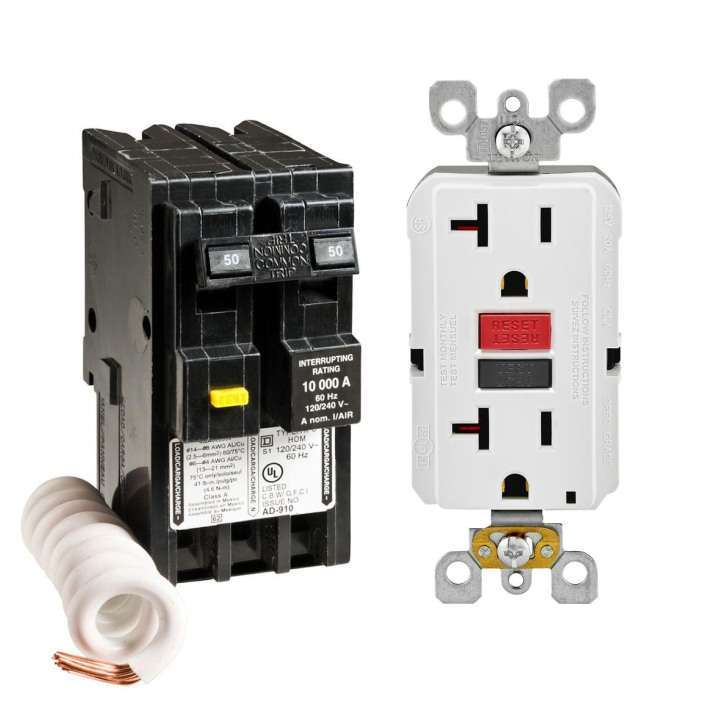
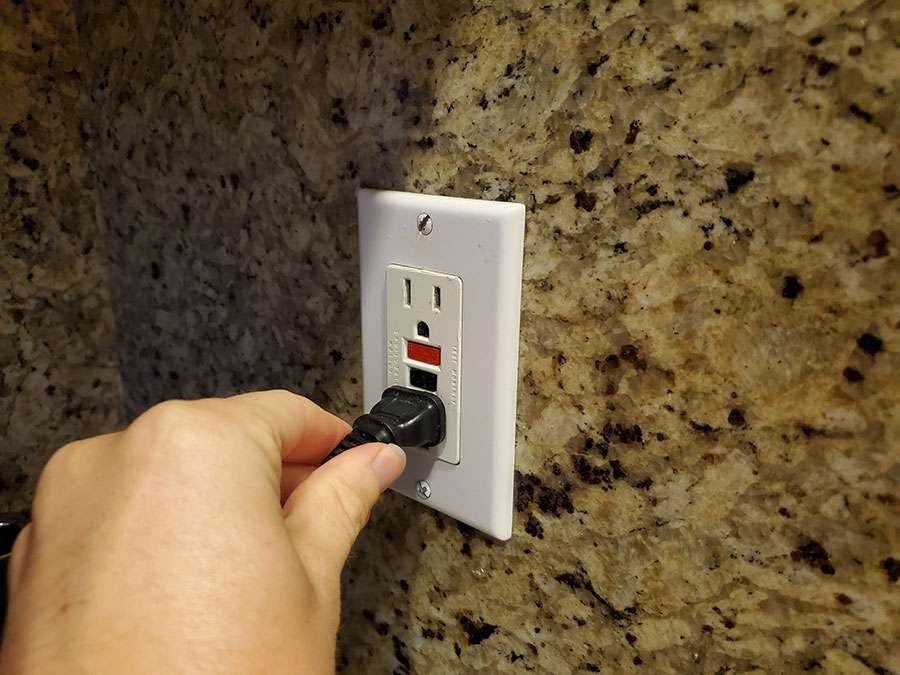





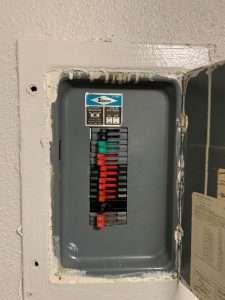
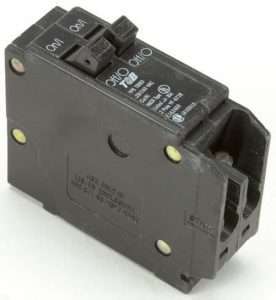
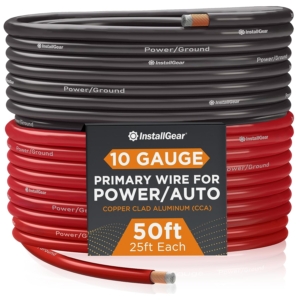

Pingback: Safety First: Why Knowing Your HVAC Circuit Breaker Matters - GGR Home Inspections
Pingback: Learn What 50 AMP Wire Size For a 50 Amp Breaker (2023 Guide) – GGR Home Inspections